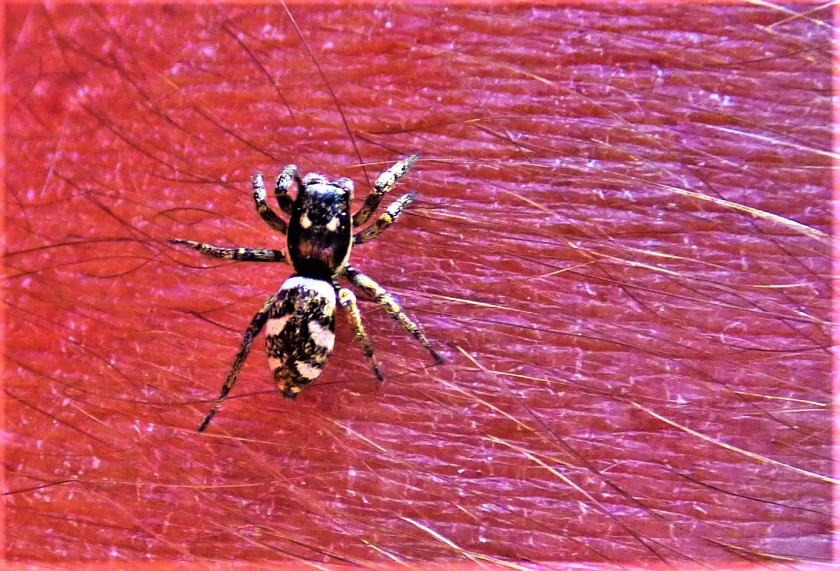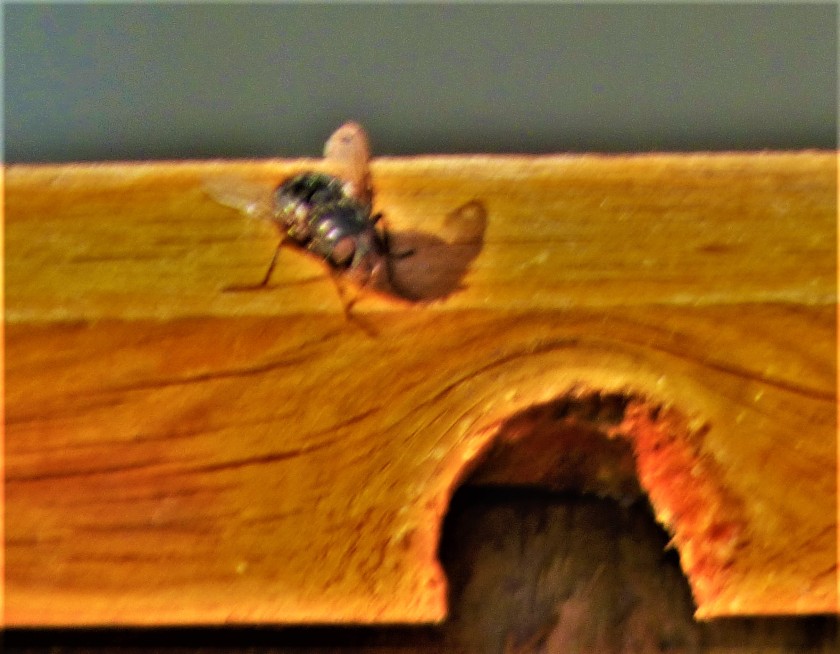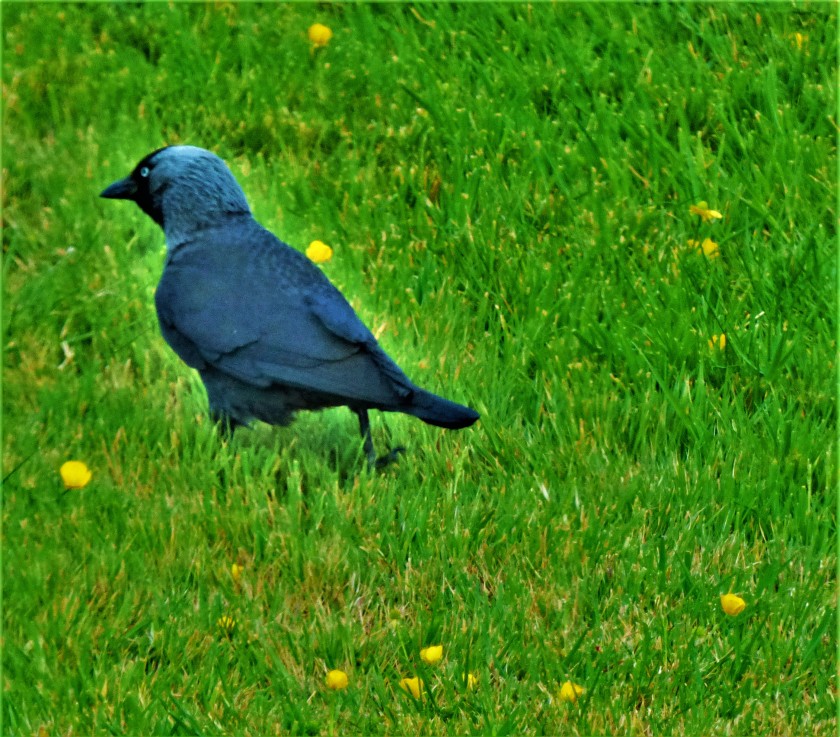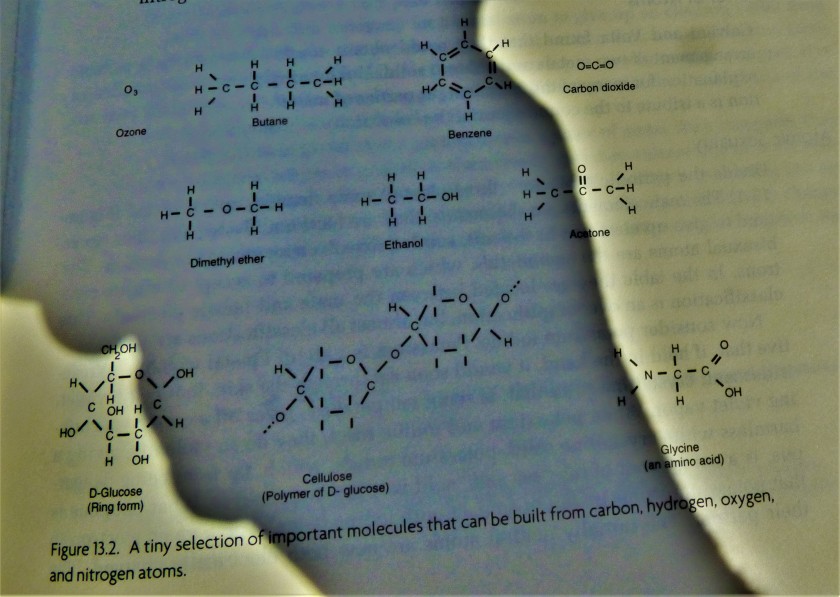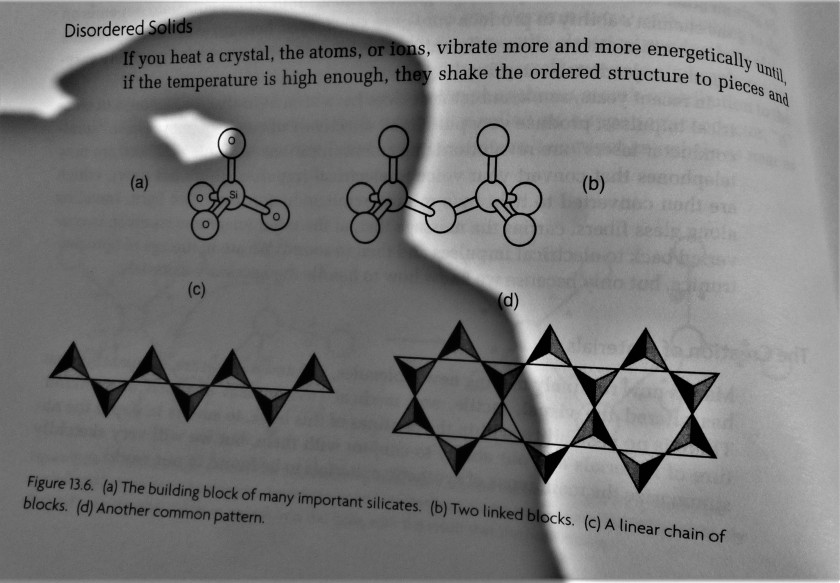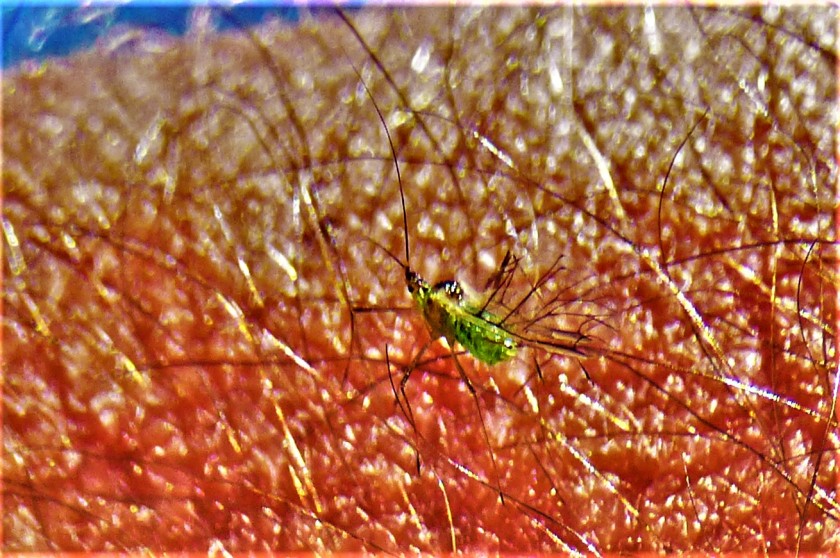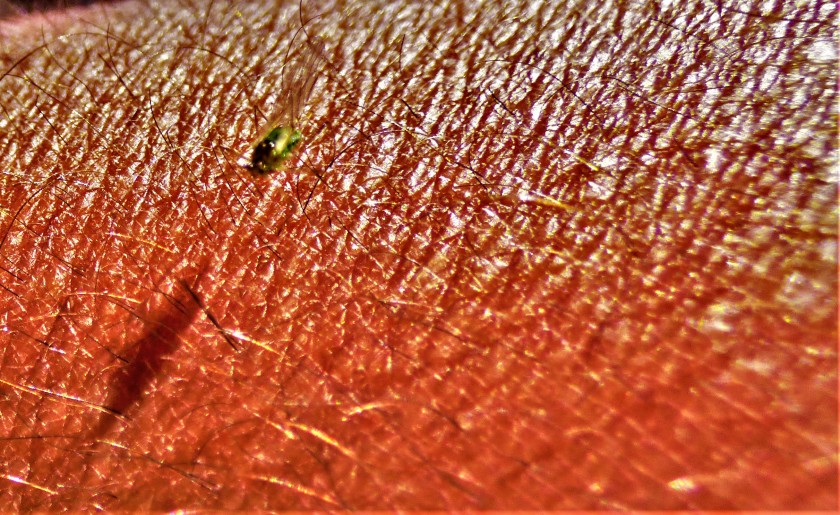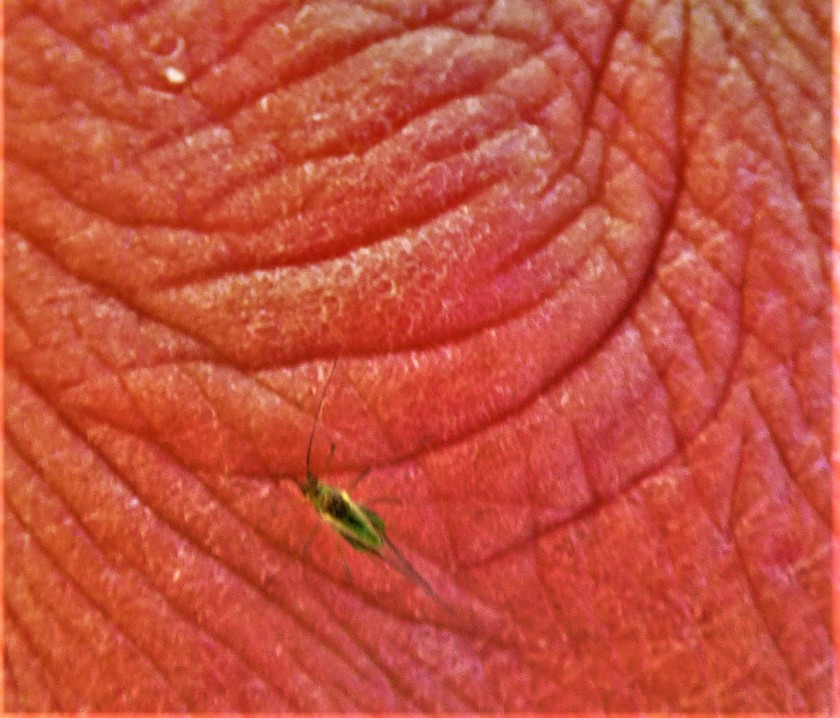INTRODUCTION
Today’s exploration of ‘all time XI‘ cricket territory focusses on forenames. An XI all of whom have the forename Graeme or Graham take on an XI who all have the forename John.
THE GRAEME/GRAHAM XI
- Graeme Fowler – left handed opening batter, occasional medium pace bowler, occasional wicket keeper. His highest first class score came in a test match, 201 vs India in India. His most remarkable first class batting performance came against Lancashire at Southport in1982. He made 128 in the first innings and 126 not out in the second, as Lancashire, after seeing their opponents make 523-4 declared on the first day won by ten wickets. Fowler was injured early in his first innings, and batted for the rest of that innings with David Lloyd as his runner. In the second innings Ian Folley took over as runner, while Lloyd reverted to his main role as opening partner to Fowler. At the end of this match Fowler had eight first class hundreds to his credit and four of them had come at the expense of Warwickshire. He was dropped by England at the start of the 1985 season to make way for Gooch, returning from his three year international ban for going on the first rebel tour of apartheid South Africa. Then, with England winning the Ashes in 1985 the incumbents Gooch and Tim Robinson who had made a remarkable start to his test career were selected for the trip to the West Indies, with Wilf Slack of Middlesex chosen as reserve opener and Fowler ignored. Robinson failed badly on that tour, but there was to be no international return for Fowler.
- Graham Gooch – right handed opening batter, occasional medium pacer. He was a little fortunate to be brought straight back into the team after his ban for going to South Africa, and he then missed the 1986-7 Ashes, when Chris Broad and Bill Athey opened for England. He had a good series against the West Indies in 1988, but then some crass comments of his played their own role in the cancellation of the planned 1988-9 tour to India, and in 1989 against Australia he fared poorly, at one point in the series actually asking to be dropped. The 1989-90 tour of the Caribbean saw England fare respectably, winning one test and being denied victory in another only by scandalous time wasting tactics. However, it was the 1990 home season against New Zealand and India that saw Gooch, then 37 years of age, really come to the fore as an international batter. At Headingley in 1991 he played one of the finest of all test innings, and as late as 1994 at the age of 41 he hit a double century against New Zealand, but the Ashes tour of that winter was as he would subsequently admit a tour too far, and his test career ended with 8.900 runs at 42.38.
- Graeme Smith – left handed batter. An unattractive player to watch but his record speaks for itself.
- Graeme Pollock – left handed batter. He averaged 60.97 in test cricket before his country’s isolation for political reasons ended his career. He was due to play in Kerry Packer’s World Series Cricket, but fears of that being used as a stalking horse for the readmission of apartheid South Africa led to a ruling that only South Africans who played county cricket could participate. Besides Pollock a leg spinner named Denys Hobson missed out because he too was not a county cricketer.
- Graham Thorpe – left handed batter, occasional medium pace bowler. He made his debut in the Trent Brisge test of 1993, scoring 114 in the second innings, but not getting to savour a victory first time out as skipper Gooch delayed the declaration too long and Australia had no great difficulty securing a draw. His England career ended in 2005, when the selectors decided to go with Pietersen and Ian Bell for that year’s Ashes (for my money they made two mistakes in the early part of that season – Pietersen should have played in the tests against Bangladesh at the start of it, and Bell should have been left out – he fared well against Bangladesh but was unconvincing against Australia.
- Graham Dowling – right handed batter. He averaged 31 in test cricket for New Zealand, similar to the average recorded by Graeme Hick for England. The highlight of his test career was an innings of 239.
- +Graham Kersey – wicket keeper, right handed batter. His death following a car accident at the age of 25 ended a career that had shown huge promise – in 59 matches at first class level he made 193 dismissals (181 catches and 12 stumpings) and had produced a few significant batting performances as well.
- *Graeme Swann – off spinner, useful lower order bat. England’s best off spinner of my life time.
- Graham McKenzie – right arm fast medium bowler. At the end of his career he had the most wickets ever by an Australian pace bowler (246), though he was overhauled by Dennis Lillee not many years later. On an Old Trafford pitch in 1964 which yielded 1,271 runs for 18 wickets over five days he had bowling figures of 7-153 in England’s 611.
- Graham Dilley – right arm fast medium bowler. His career was ravaged by injuries, and he also suffered from the sometimes bizarre approach of England selectors in those days. His test career ended when he signed up for what turned out to be the last of the rebel tours of apartheid South Africa in 1989, and he took his wickets at the highest level at only just under 30, while at first class level he paid 26 a time. It was him joining Botham, with the score reading 135-7 in the England second innings and 92 still needed to avoid the innings defeat that started the incredible turnaround at Headingley in 1981 – he contributed 56 to a stand of 117 in 80 minutes, which inspired Old to contribute a further 29 to a stand of 67, and finally Willis resisted gamely will Botham continued to lash out. In the final innings Dilley showed a cool head and excellent judgement to remain within the fine leg boundary while catching Rod Marsh’s skied hook, a moment that left Australia 74-7. Had Dilley misjudged and slipped over the rope it would have been 80-6 instead.
- Graham Onions – he was first noted because of his combination with his county wicket keeper, Phil Mustard, which led to a significant number of C Mustard B Onions entries on scoresheetts. While never a star at the very highest level he did not ever let England down either. He himself would not quarrel with his position at no11, but would justly point out that he did help to save two successive test matches withe bat.
This team is strong in batting, has an excellent wicket keeper, but the bowling attack is neither absolutely top line nor fully balanced. Still they would not be pushovers for anyone.
THE JOHN/JACK XI
- Jack Hobbs – right handed opening batter. ‘The Master’ is a fine start to any batting order.
- Jack Robertson – right handed opening batter. His 11 test appearances between 1946 and 1951 saw him average 46 at that level. Bizarrely he was not chosen for either the 1946-7 or the 1950-1 Ashes tours, even though one of England’s chief weaknesses on both tours concerned the top of the order.
- Johnny Tyldesley – right handed batter. His test highlight was 138 at Edgbaston in 1902. He was a regular part of the Lancashire line up from 1895 until the outbreak of World War I and made further sporadic appearances over the course of four years after that war ended. He was once involved in a famous exchange with Lancashire opener and captain Archie MacLaren. The pair of them were batting against Frank Laver who discovered a way to bowl a really vicious late swinger, and they initially played him with great caution. After a few overs MacLaren summoned Tyldesley for a mdiwicket conference. MacLaren said “Johnny, I’m going to drive this chap Laver” to which Tyldesley responded “You’ll of course do as you think best, Mr MacLaren, but I am going to cut him.”
- John Small – Right handed batter. He was one of the greats of Hambledon. He once batted through an innings lasting three whole days of play. He was also indirectly responsible for a major change to the game – on one occasion Edward ‘Lumpy’ Stevcns, rated no2 to David Harris among bowlers of that era beat him three times in an innings with balls the passed between the wicket, which at that time comprised two stumps and a single crosspiece linking them. Stevens’ misfortune was noted, and the arrangement of three stumps set sufficiently close together that a ball could not pass through with two bails on top was introduced. Since then top level matches have not seen any repeats of Stevens’ misfortune, but one HS Dawe of Thistleton took all of his opponents wickets but had his analysis slightly spoiled by two deliveries passing between the stumps. What happened? The umpires had used an old (and as it transpired) swollen ball to measure the distance between the stumps!
- John Richard Reid – right handed batter, right arm fast medium bowler. One of New Zealand’s greatest ever.
- *Johnny Douglas – right handed batter, right arm medium fast bowler. His initials, JWHT (for John William Henry Tyler), and his approach to batting saw Aussie spectators dub him “Johnny Won’t Hit Today”, with a few even suggesting that “Johnny Won’t Even Hit Tomorrow”. He was an effective user of the new ball, although giving it to himself in preference to SF Barnes in the first test of the 1911-2 Ashes was misconceived – a fact which Douglas eventually acknowledged, and he restored the new ball to Barnes for the rest of the series, which England won 4-1. He was sometimes temperamental in the field. On one occasion the Essex slips were being more than usually generous towards opposition batters, and eventually second slip muffed one sitter too many, and turning to chase the ball he found himself being overtaken by his skipper, who was shouting “don’t worry, I’ll fetch the bl***y thing myself.”
- +John Murray – wicket keeper, right handed batter. Eratosthenes, Librarian of Akexandria at a time when that was THE plum academic posting was once dubbed ‘Beta’ by a rival, after the second letter of the Greek alphabet on the grounds the he was “second best in the world at everything.” In a sense, Murray was the ‘Beta’ of wicket keepers – second to Bob Taylor in career dismissals, and the second of only two (the other being Les Ames who achieved the feat three times) to manage the wicket keeper’s season double of 1,000 runs and 100 dismissals.
- John Emburey – off spinner, useful unorthodox lower order batter. He was in his prime in an era that was not friendly to any kind of spin bowling, and was often required by his captains to bowl in a purely defensive capacity, keeping things tight while the quicker bowlers got thier breath back. This means that his record looks very ordinary by comparison with many of his forebears among conventional off spinners, but until the 1992-3 tour of India when he encountered batters who regularly dealt with quality spinners even in club cricket and was simply not allowed to bowl in his preferred style he was rarely collared. He visited Australia twice, in 1978-9 and 1986-7, and England won both series quite comfortably (the 1986-7 scoreline looks close, but England;s loss was in the final match of the series, when they took on a run chase that they would have eschewed had the series been live.
- Jack Walsh – left arm wrist spinner. An excellent counter part to the very orthodox off spin fo Emburey, the Leicestershire based Aussie was a huge spinner of the ball, regular taking huge bags of wickets in the county championship.
- John Wisden – right arm fast bowler. I opted for him in preference to that other Sussex speedster John Snow. His most famous bowling performance was all ten wickets in an innings, all clean bowled. On a tour of North America he once took six wickets with successive balls in a two day match.
- Jack Ferris – left arm medium fast bowler. One of the finest of Australia’s early bowlers.
This team has a fine top four, two genuine all rounders, a splendid keeper and four excellent and varied bowlers, three of whom could make useful contributions with the bat.
THE CONTEST
The contest for what I shall dub the ‘Bretton Trophy’ (from Charlotte Bronte’s “Villette“, honouring the character John Graham Bretton, who we meet first as ‘Graham’ and then as ‘Dr John’) should be a good one. The Graene/Graham team are stronger in batting, but as against that the John/Jack (and all my chosen Jacks were actually registered as John at birth, but later referred to as Jack) team have greater strength, depth and variety in bowling, and therefore I would expect them to emerge victorious in the end.
A CRICKET VIDEO
My thanks to the pinch hitter for putting me on to video footage of Murali’s destruction of England at The Oval in 1998:
POLITICAL UPDATE
The Cummings/ Johnson scandal continues to rumble on, with the number of Tory MPs now being openly critical of Cummings into the 60s. Durham Police have confirmed what most of us already knew, namely that Cummings’ activities did constitute a breach of lockdown. My second message to my own MP, former Johnson advisor James Wild, remains, as does the first, unresponded to. If this is still the case come tomorrow morning then a third message from me will be hitting his inbox. This has gone beyond the political scandal it has been since Cummings’ activities were revealed and is now a public health scandal, as in spite of such being necessary to anyone with eyes to see, no government with Cummings still involved can claim the moral authority to enforce a lockdown. I recognize that I am fortunate in two regards, in that my home small as it is is all mine – it is not shared with anyone, and it does have a small garden, which means that although it is still two weeks before my shielding period expires I am at least able to get out in the open air, but it is still thoroughly annoying to see senior Tories effectively declaring that normal rules do not apply to them and their mates, while I have not been further afield than my little bit of garden since mid March.
SOLUTION TO YESTERDAY’S TEASER
Yesterday’s post included the following from brilliant.org:
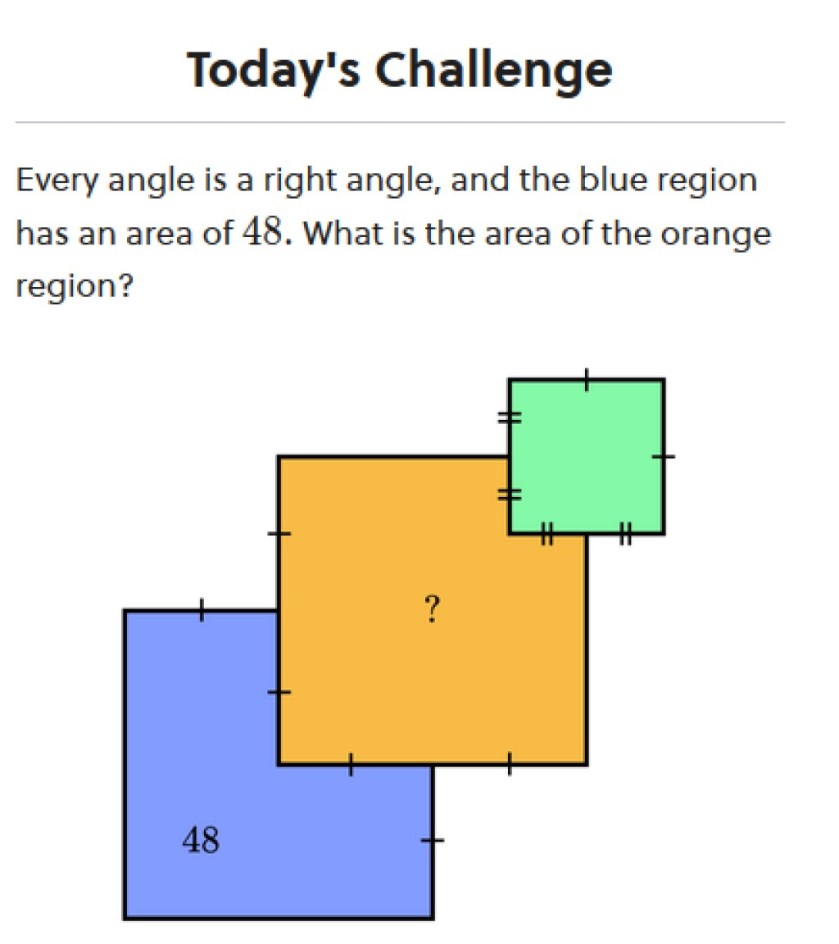
The blue area is three quarters of a square, which thus has area (48 x 4)/3 = 64. The orange area has area 64 less the overlapping portion of the green square. The green square has dimensions precisely half that of the blue and orange squares, i.e 4X4, making its area 16, and the overlap is one quarter of that = 4, so the orange region has a total area of 64 -4 = 60.
PHOTOGRAPHS
Having introduced today’s teams and explained the contest, produced a quick update on the political situation and solved yesterday’s teaser it is time for my usual sign off:




